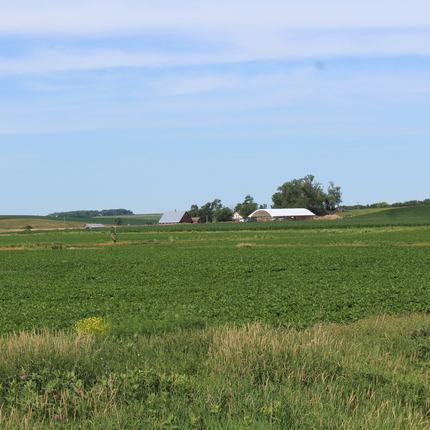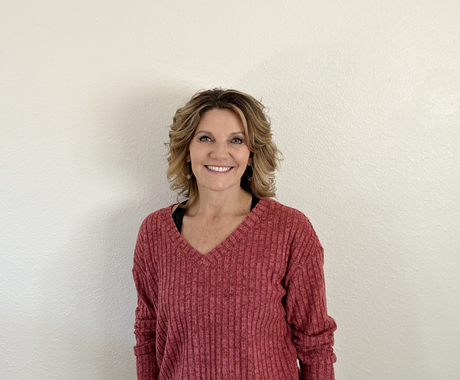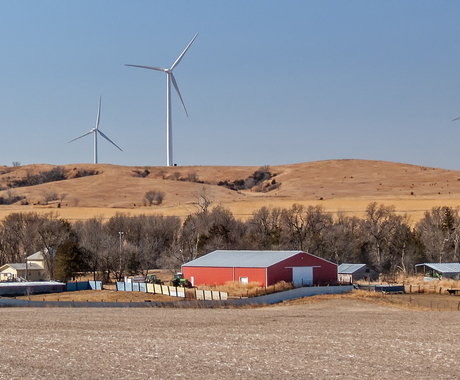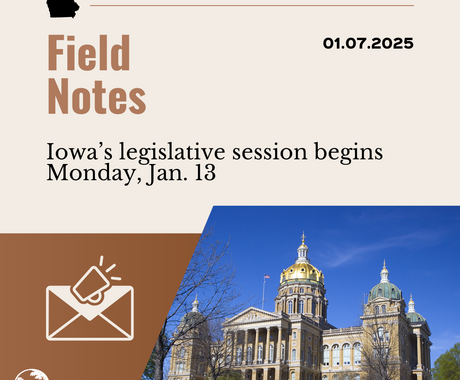This article was contributed by Jon M. Bailey, a former Center for Rural Affairs Policy and Research Director. Jon is continuing his long interest in exploring issues surrounding family economic security, especially in rural places.
Income inequality is a growing social and political concern in the United States and other western democracies. Data show measures of inequality at rates not seen in nearly a century. When a 685-page tome by a French economist on the topic becomes a US and international best-seller (Capital in the Twenty-First Century by Thomas Piketty), you know concern is high.
Equality and egalitarianism have been hallmarks of rural areas, particularly in the Midwest and Great Plains. In Trampled Dreams: The Neglected Economy of the Rural Great Plains, I wrote the “men and women who developed the farms, ranches and rural communities of the Great Plains dreamed of escaping the oppressive political systems of foreign nations and the bleak (and inequitable) economic systems of industrial America.”
Ancestors of those who sought to build a better life on the rural Great Plains free from economic deprivation now lead a different life in many respects. Income inequality is a reality. For most Great Plains states, inequality is greatest in rural areas.
Income inequality has been added to the 2015 County Health Rankings, a collaboration of the University of Wisconsin Population Health Institute and the Robert Wood Johnson Foundation. The rankings measure income inequality as a ratio of income at the 80th percentile and at the 20th percentile within states and counties. Essentially, it shows the ratio between the highest and lowest incomes in a specific geography.
In general, adults in the highest income brackets (the 80th percentile bracket) are healthier than adults in lower income brackets. People in the highest income brackets have longer life spans, living on average more than six years longer than those with lower incomes.
Income influences health. At its basic, it allows families to purchase health insurance and medical care, while providing options for health lifestyle choices. Low-income individuals and families face a host of health challenges. Chronic diseases are more common. And children in lower-income households are generally sicker than children in higher-income households. Overall, the “ongoing stress associated with poverty” results in what researchers have termed “cumulative health damage,” both physical and mental.
The 2015 County Health Rankings asserts that income inequality is a critical measure because it affects how long and how well we live in our communities. It also demonstrates the gap between members of our communities, not only in income but in health status. A large gap likely means a multitude of challenges for our communities and their future.
Income inequality ratios in Great Plains states are not as high as in other, more wealthy states. Yet they are significant. Ratios in Great Plains states (Nebraska, South Dakota, North Dakota, Iowa, Montana, Minnesota, Kansas, Colorado, and Wyoming) range from 4.1 (Wyoming) to 4.5 (Colorado).
In most Great Plains states, the counties with the highest income inequality ratios are rural counties. In Nebraska, for example, the 10 counties with the highest income inequality ratios are:
- McPherson 5.6
- Dawes 5.3
- Nemaha 5.1
- Box Butte 4.9
- Banner 4.8
- Valley 4.8
- Pawnee 4.7
- Greeley 4.7
- Thayer 4.7
- Sioux 4.7
All these counties are above the state ratio of 4.2, and all are very rural. The state’s two largest counties – Douglas (Omaha) and Lancaster (Lincoln) rank 11 and 16, respectively. In Nebraska specifically and on the Great Plains in general, income inequality is a rural issue.
Income inequality in rural areas is attributable to many policy and economic factors that are squeezing middle-class households. Agricultural policy that benefits the largest operations at the expense of family-scale and small operations is a major influence, as is an economy that is built largely on small non-farm businesses with low-paying and limited jobs.
For healthier people and communities and a more equitable economy on the rural Great Plains, public policy must change to allow for greater opportunities for all.
You can see how your state and county rate in the 2015 County Health Rankings here.





